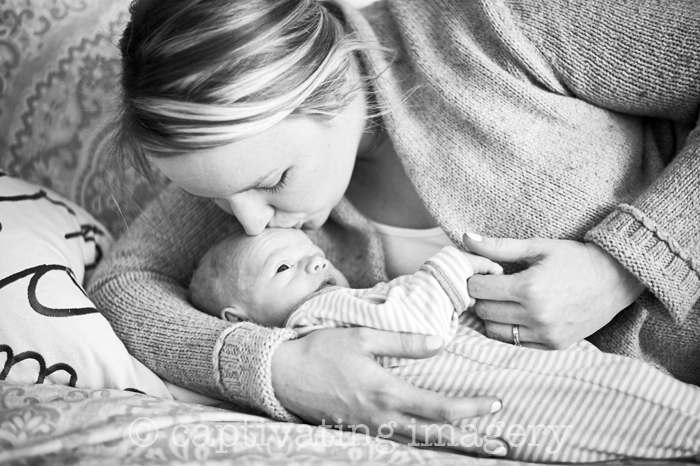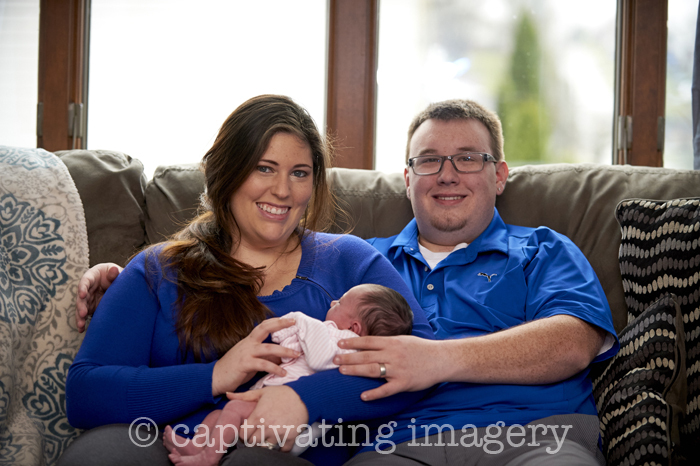Part One: What’s Your Style?
Photojournalism is a big buzzword in wedding photography and has been for quite a while. In this discipline, the photographer should blend into the scene while capturing candid memories of the day’s events. A photojournalist may use a flash, but would never bring along additional lighting. This is the type of photographer that will not interfere with your guests or tell your wedding party how to pose. The result is natural and honest images. Some may find this style to be a little too honest and prefer more interaction from the photographer in order to present themselves in the best light.
Other newer takes on wedding photography styles are fashion or lifestyle. This involves a great deal of interaction from the photographer to achieve the desired results. If you’re hoping your wedding photography will look like it belongs in a magazine, this may be the choice for you. A word of caution though, this type of wedding photography may require additional coordination with your photographer in terms of scheduling and determining locations for post-ceremony shoots, etc. To some in your bridal party, the extra attention involved in this style of photography will be a treat. However, for the camera-shy, it may involve a little coaxing. This style also tends to come with a bigger price tag, as there is more planning, time, and photographic equipment involved.
Many photographers define themselves as portrait journalists, with a hybrid style of photojournalism and creative photography. This may be a happy medium for those who are looking for something in between photojournalism and fashion/lifestyle wedding photography. A portrait journalist is typically a photographer who does not want to commit to being defined by one style or another. And in turn, this style of photography is more difficult to define, as one photographer may be more involved with setting up “the perfect shot” than the next. If this is the type of wedding photography you’re interested in, the photographer’s personality and willingness to cater to your preferences should be factored into making your decision.
And last, but not least, there are the traditional wedding photographers. In this style, the photographer typically works on a print-sales based model. The fee for coverage may be lower up front, but considerable costs can be incurred when purchasing prints or albums after the wedding. This style ensures attention to detail as crooked bowties or stray hairs deter print sales. Traditional wedding photographers may prefer to work from a shot list and are a safe bet for those who prefer a no-nonsense approach to their wedding photography.
Each style has its place, but what appeals most to you?
Once you’ve determined your preferred style, you could narrow the selection of your photographer based on personality, pricing and packaging options. For instance, there is a benefit to hiring a traditional wedding photographer when you’re looking for standard coverage with the option of only purchasing the essential prints. If you want your photographer to share every detail of the day, you should look for one with a creative fee structure. The creative fee is payment to the photographer for their time and talent in return for a disc of images from the day. In most cases, the disc comes with the rights to print the images as you see fit. If you are looking to get prints and/or album/s as part of the package, this is yet one more way to decide what makes the most sense for your needs.
Did I mention the film vs. digital consideration? Many wedding photographers nowadays prefer to work in digital photography. The benefits of digital photography include faster turnaround and the ability to share your photos digitally. Also, one clarification on digital photography – the photos still require editing in a “digital darkroom” as they are not ready to print straight out of the camera. This process is much like processing film and making adjustments. If you prefer the aesthetic of film, don’t fret—there is still a dedicated group of wedding photographers out there who choose to work in film. Although it is sad to note that their resources are not in abundance as they once were. Makers of film and emulsion-based photo paper have discontinued some of their products as there is less demand.




Leave a Reply
Want to join the discussion?Feel free to contribute!